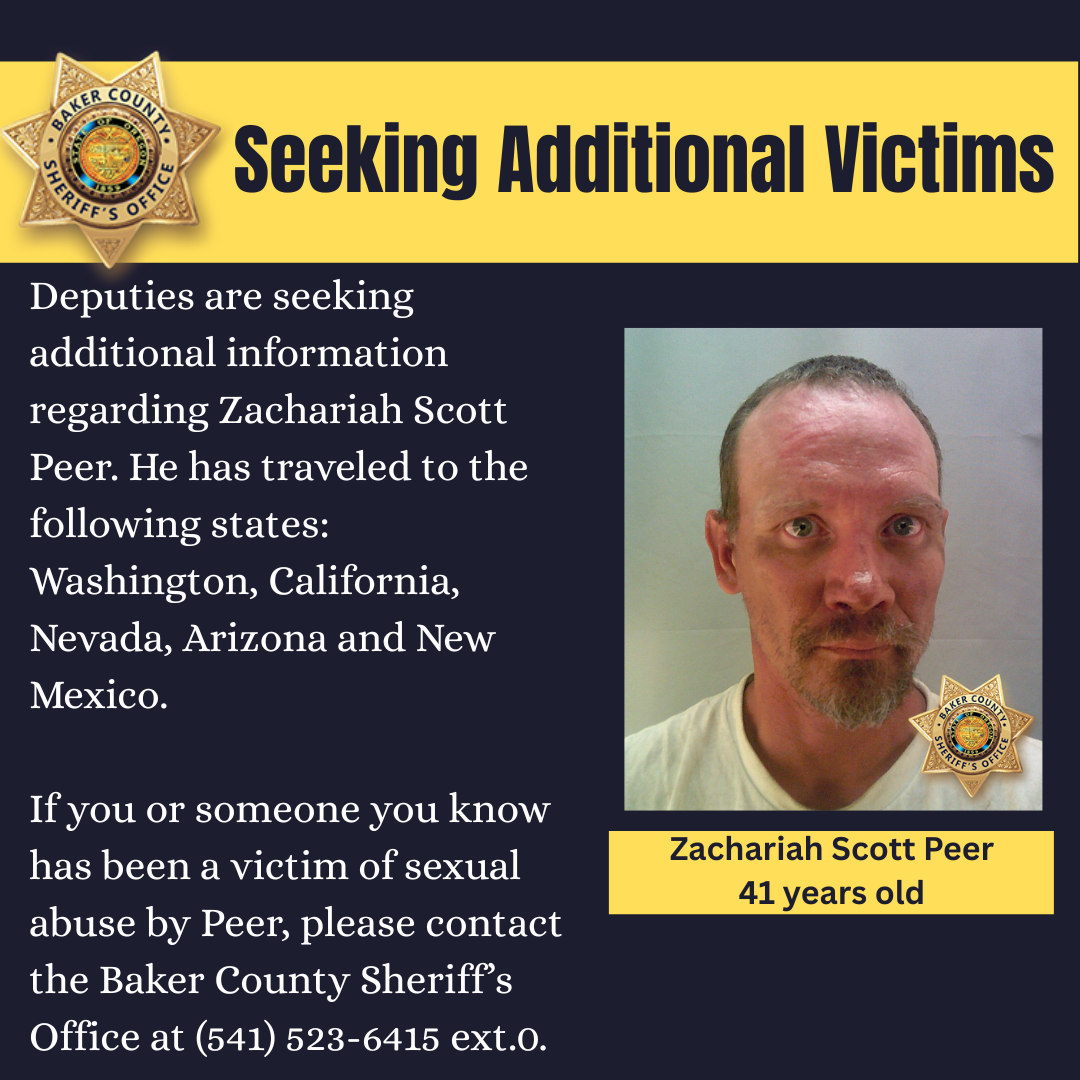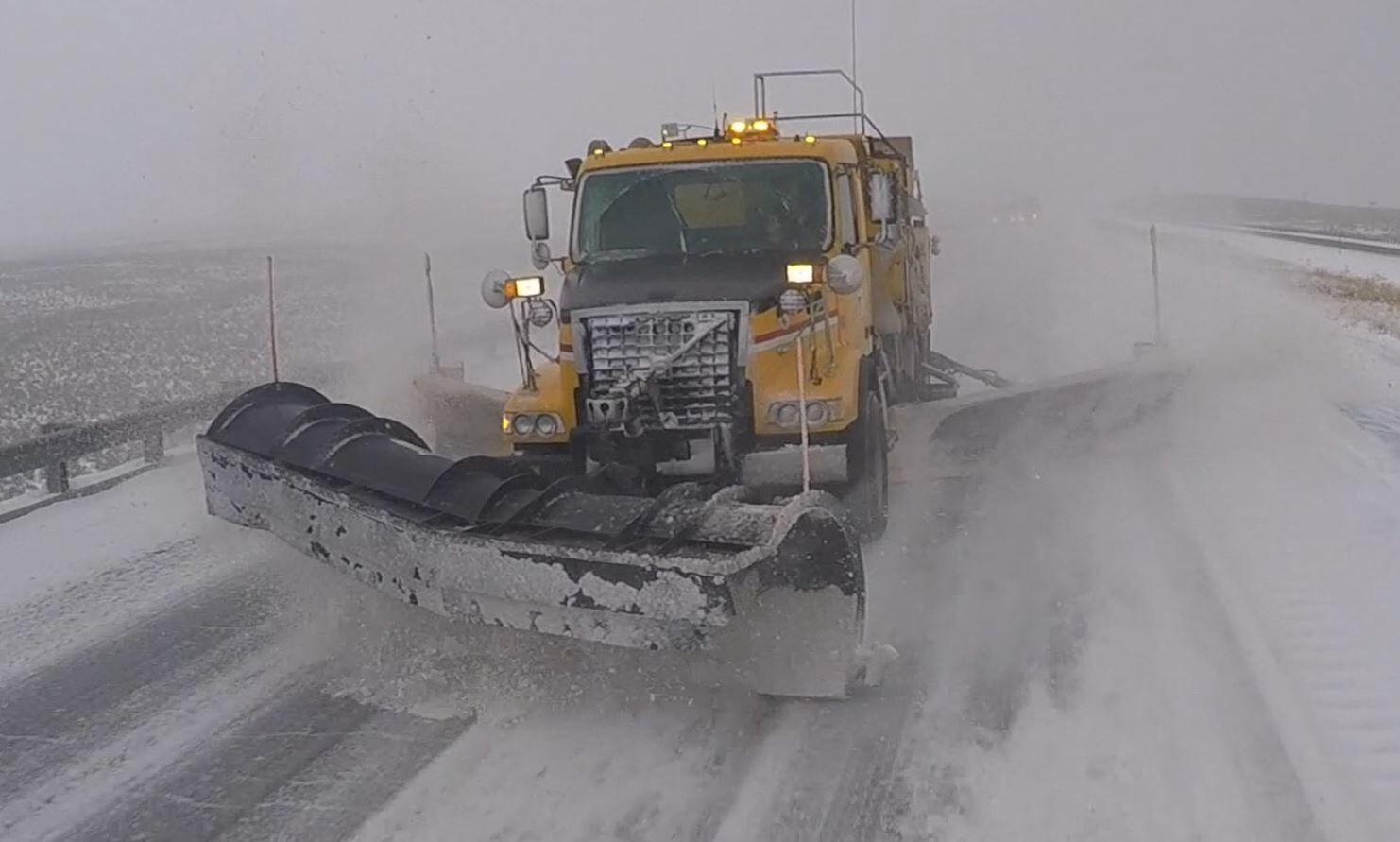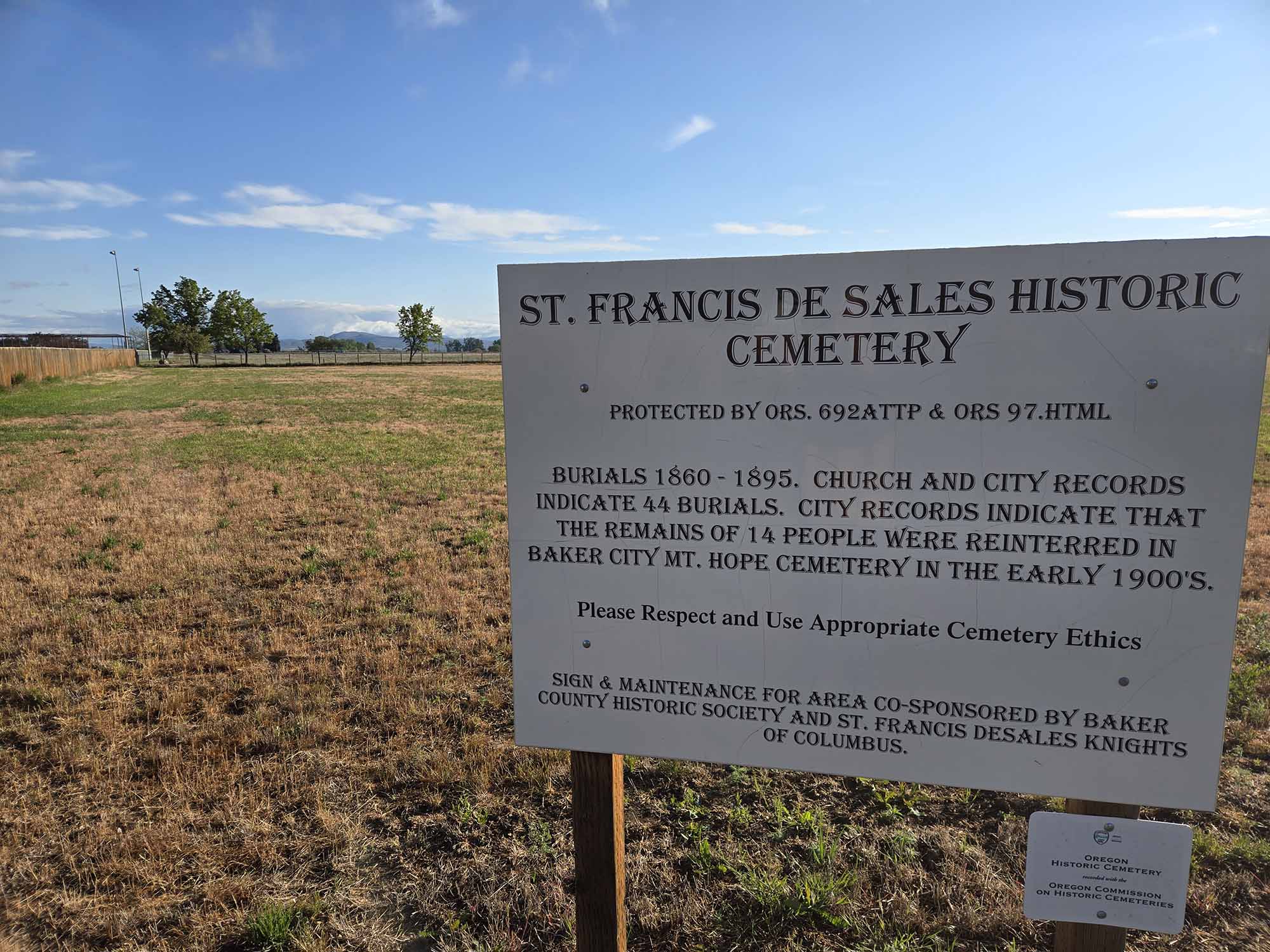Restricting reporters
Published 12:55 pm Wednesday, March 21, 2018
We’re disappointed that we weren’t able to report on the March 14 walkout at Baker High School as thoroughly as we’re accustomed to doing with newsworthy events. We know our readers expect us to meet certain standards, and when we’re unable to meet those we feel that we’ve let down our customers and the community in general.
Trending
We were surprised that BHS Principal Greg Mitchell refused to allow reporter Chris Collins and photojournalist S. John Collins to interview or photograph the 55 or so students who gathered at the high school track that morning to honor the 17 victims of the Feb. 14 shooting at a high school in Florida.
The BHS track is public property, of course, and our journalists have never had problems getting access to school grounds.
We’re not suggesting, to be sure, that we should have the run of the place. But on March 14 at BHS the Collinses went through the normal procedure of checking in at the front office before walking to the track, which is just north of the school.
Trending
Only then did Mitchell tell them they could not talk with or photograph the students.
Mitchell said he could not be certain which of the students’ parents had signed a waiver allowing their photographs to be used in the media.
But we’re well aware of those waivers, and we understand the procedure for checking with school officials before we publish photos. We’ve gone through the process dozens of times over many years, and we would have done so in this case.
Except we obviously can’t publish photographs that we haven’t taken.
If school district officials believed the March 14 event was unique and that therefore access to students would be restricted, then they should have made that clear before the Collinses arrived at the track ready to do their jobs.
We don’t believe the district had a legal right to prevent the Herald, at a minimum, from photographing the demonstration.
Certainly the law doesn’t differentiate between events in which, for example, school officials have invited journalists, and events for which they have not been invited.
At schools across the country, journalists faced no such restrictions, based on the stories and photographs from March 14.
It’s unfortunate that officials’ decision in this case precluded Baker County residents from having a more complete picture of what happened at a public school.









